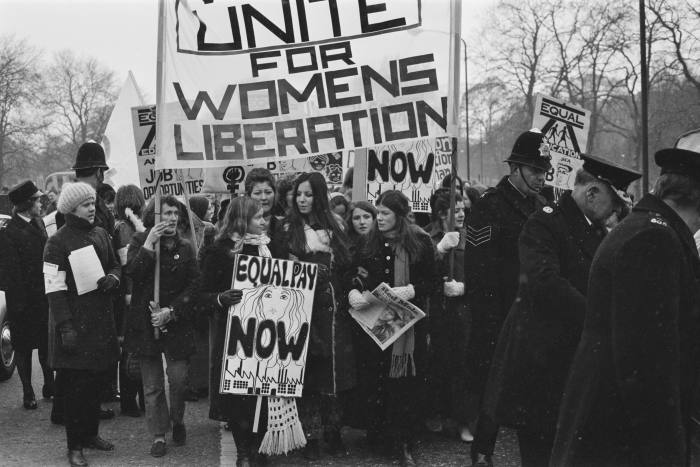
This International Women’s Day, the wealth gap is under more scrutiny than ever. And no, that’s not just the pay gap: it’s the overall difference in net worth between men and women, a difference that is distending as women's investment patterns are ignored.
The gender pay gap may be closing, but the wealth gap is more tricky: it is affected by issues like women’s different greater student loans, higher borrowing rates - and perhaps most importantly, by financial advice that is less tailored to their needs.
The starting point is to recognise that women invest differently. They are much more likely to be advised to save than to invest, and seek investment knowledge from other people, while men often prefer to seek knowledge through the internet.
According to US-based consumer website FinanceBuzz, 18 per cent of women develop their knowledge around investing from their partners. Only 7 per cent of men said the same.
But the number of women investing is rising: 67 per cent of women in 2021, compared to 44 per cent in 2018, according to Fidelity. That being said, only around a third of women really view themselves as investors, though this confidence generally increases with age.
In fact, in Western Europe, female investors now control roughly a third of total assets under management, and this will only grow over the next few years, partly because of the rising number of married women taking responsibility for household financial decisions.
By 2030, women’s share of investments is expected to reach 45 per cent; a total of 10trn euros.
So what are some of the differences in investment styles between men and women?
Women are more likely to have naturally diverse portfolios because a higher percentage of women than men invest in funds, spreading their capital across lots of different companies.
Women tend to hold less risky investments, too, and because of this are less likely to experience large losses.
'Long-term security, short-term gains'
However, according to research from the Boston Consulting Group, female investors report being offered a limited set of investment options because advisers assume, sometimes incorrectly, that they have a low risk tolerance and are interested in sustainable funds.
This last part is true to some degree: a UBS survey last year found that more women make investing decisions with sustainability considerations in mind compared to men.
And 43 per cent of female traders do set up stop-loss orders on over half of their trades, a risk management tool to limit losses, compared to 35 per cent of men.
Women are more likely to ‘buy and hold’, investing more for the long term and incurring fewer trading costs.
This is because women tend to prioritise long-term security over short-term gains. A study of European investors conducted by German neobank N26 claims that only 23 per cent of women prioritise short-term wealth gains.
The same survey found that commission fees and attractive interest rates play a leading role for women. Men, on the other hand, overwhelmingly prioritise long-term yields.





